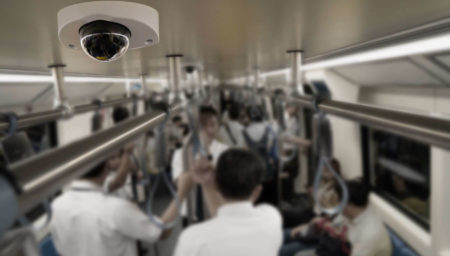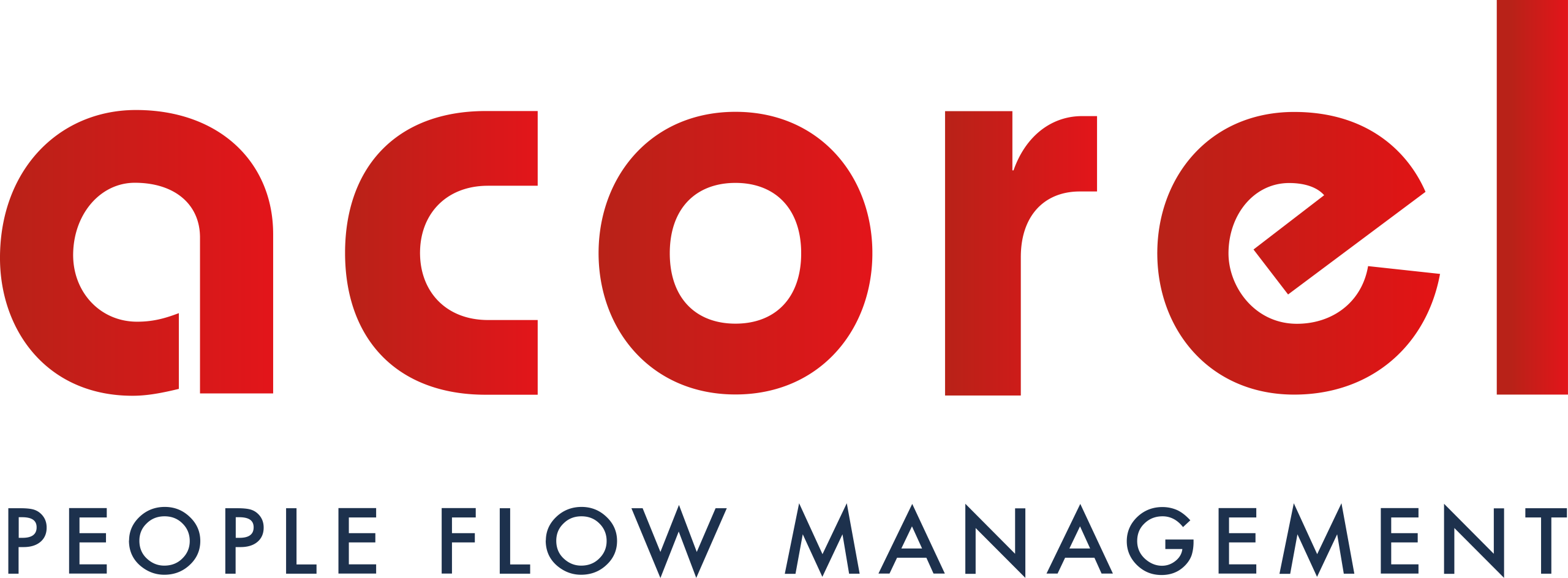“Computer Vision is a scientific field and branch of artificial intelligence that deals with how computers can gain high-level understanding from digital images or videos […] Computer vision tasks include processes for acquiring, processing, analysing and “understanding” digital images, and extracting data to produce digital or symbolic information, e.g. in the form of decisions” (source Wikipedia)
New computer vision technology
This technology is already widely used in other fields such as
- Medicine: medical image processing, disease detection, measurement of organ dimensions or even blood flow…
- Industry: product quality control, optical sorting, etc.
- Military: soldier detection, missile guidance, etc.
It was therefore natural to study the use of this technology to identify and manage the flow of people.

We have already mentioned the subject of computer vision in a previous article concerning the airport segment, but this technology can also be used in public transport, particularly rail.
Flow management
In the late 1990s, Acorel had already identified and studied this technology to develop its solutions. However, the definitions of the video streams as well as the power of the algorithms were not yet at a satisfactory level to obtain suitable results.
It is only recently that Acorel has tried again with this technology of Computer Vision following the numerous evolutions of the IP cameras as well as the improvement of the power of the current artificial intelligence and its possible algorithms.
Very quickly, from the very first tests, it was confirmed that today’s Computer Vision is a more than relevant solution to manage human flows in transport, both on-board (train/bus/metro) and on the ground, such as in a station.

After a lot of work on counting algorithms and data corrections, Acorel has developed a solution for counting and enumerating people. The aim is to allow the various players in the transport world to manage the flow of their passengers while reusing their existing infrastructures and thus deploying the solution at record speed on all their equipment.
It is then possible to obtain the passenger occupancy rate in real time in vehicles, on platforms and in stations.

Do not hesitate to contact our transport sales representative for more information on this technology and its various applications.
